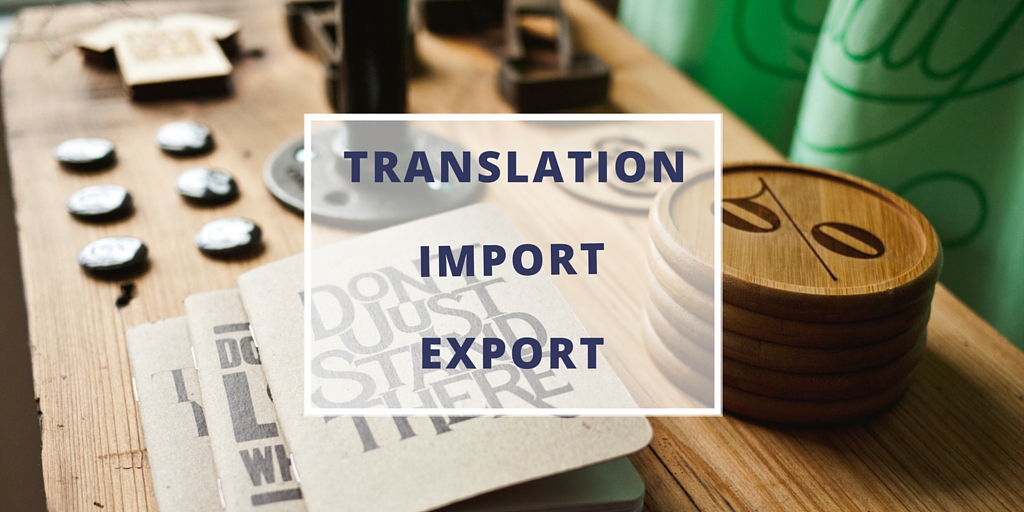French to English translation – easy right? Same alphabet, similar sounding words…Some people might say French is similar to English, and while you can use French sentence structure in English and be understood, it often comes across as clunky.
One of the hardest skills to hone as a translator: not being influenced by the source text’s syntax. Personally, I am not immune to this and it often takes several revisions to maximise the natural flow and accuracy of a text.
As a translator, I’ve learned that some of the smallest mistakes can make a big difference in the final product. In many instances, it’s the little things we often overlook that can turn a perfectly good translation into something a little… off.
So what can you do about it?
Enter the world of tiny translation tweaks to fix common translation slip-ups. These are small changes that can make a huge difference. Come back to your text after a break and read it again with fresh eyes.
When working from French to English, pay particular attention to:
🔄 Past tense: use simple past instead
– The results have been published → Were published
📜 Possessives: don’t forget to use them
– The dependence of the sector → The sector’s dependence
– Growing interest of consumers → Consumers’ growing interest
📝 Noun to verb replacements: improve readability
– Price fluctuations → Fluctuating prices
– The management of the project → Managing the project
⚠️ Noun stacking: more natural in English
– Availability of raw materials → Raw material availability
Checking for these swaps can simplify and streamline your English wording, make the text flow better and improve readability.





 English
English